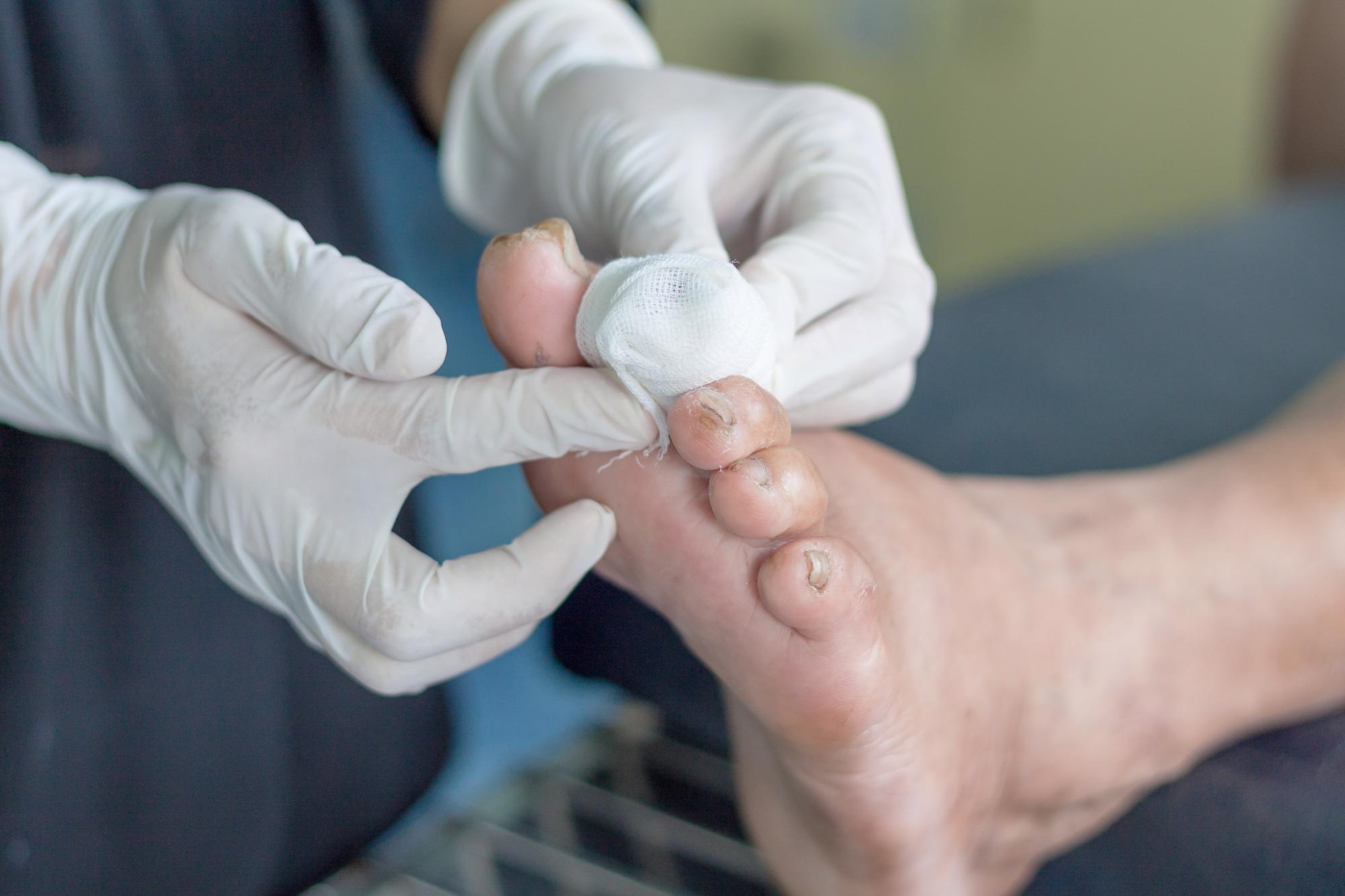A quarter of American senior citizens suffer from diabetes, a chronic disease that can cause a myriad of issues. According to one alarming statistic 10% to 15% sufferers of diabetes are afflicted with ulcers on the feet and legs. If they are not treated, the wounds can become so severe that diabetic foot amputations might be required. Foot ulcers account in excess of 80 percent of the amputations.

The treatment of diabetes is a complex problem that goes well beyond glucose control. Everyday foot care becomes an important element in this process providing a crucial protection against the imminent threat of amputations due to diabetes.
Understanding the Landscape
It is a challenge to navigate through the maze of diabetes-related complications. The high incidence of foot and leg ulcers among diabetic individuals highlights the need to be aware and proactive care. The statistics are stark, and it is evident that knowing these complexities will be crucial to fight against the amputation.
The Amputation Conundrum
Amputation is a looming threat for those with diabetes. This is a situation that goes beyond the mere numbers, affecting people on a deeply personal scale. It’s a long journey from a minor ulcer to the possibility of having to be amputated because of diabetes.
Daily Foot Care: A Protection from Amputation
Foot care should be done regularly to avoid diabetic-related foot amputations. This routine of daily living is not just about hygiene but a practice that identifies and treats potential issues before they turn into serious. Each step in the daily routine is a step towards being strategic to combat the amputations caused by diabetes.
Vascular Specialists: What is Their Function
Vascular specialists don’t deal with diabetes in the traditional sense, but their knowledge is essential in helping to reduce the risks. Making sure that the blood flow is optimal to the lower extremities becomes an important element of care, working towards alleviating leg pain and aiding in healing wounds. This collaboration approach is focused on one thing in reducing the risk of amputations due to diabetes.
Strategies to Avoid Amputation
A mix of vigilance knowledge and assistance from a professional is essential to navigate through the confusing world of amputations related to diabetes. If you’re a person who’s struggling with diabetes, adopting a proactive stance is paramount. Regular checkups with healthcare providers, including vascular experts, can aid in detecting diabetes early and assist in addressing.
Understanding the Triggers: Leg Ulcers, and Beyond
Leg ulcers can be a sign of more severe problems. Therefore, they require our attention. Understanding the factors leading to leg ulcers can be an essential step. If it’s poor circulation or neuropathy or a combination of factors, identifying the primary cause allows for targeted interventions and customized treatment. For more information, click Diabetes Leg Ulcer
Education as empowerment
Empowering individuals with diabetes with knowledge about the risks and preventive measures is fundamental. The educational initiatives, in both healthcare institutions and within the community can bridge the gap between knowledge and action. Recognizing the potential consequences of seemingly unimportant wounds could prompt immediate responses that can prevent diabetic foot amputation.
Private Battles, Collective Triumphs
Amputations related to diabetes isn’t just an individual fight, it’s a community triumph. Joining support groups via your doctor or in the local community can be a great way to share experiences to gain knowledge and develop coping techniques. Amputation risk can be stressful and emotionally draining. A sense of community is an excellent way to gain strength and peace.
Conclusion: The process of battling diabetes, ulcers and the threat of amputation are multi-faceted. Regular foot care is the first line of defense. Likewise, the expertise of vascular specialists becomes vital in reducing the effects. People with diabetes who are cognizant, adopt preventive measures as well creating a community of support can traverse the treacherous terrain with optimism and perseverance and reduce the risk of amputation.